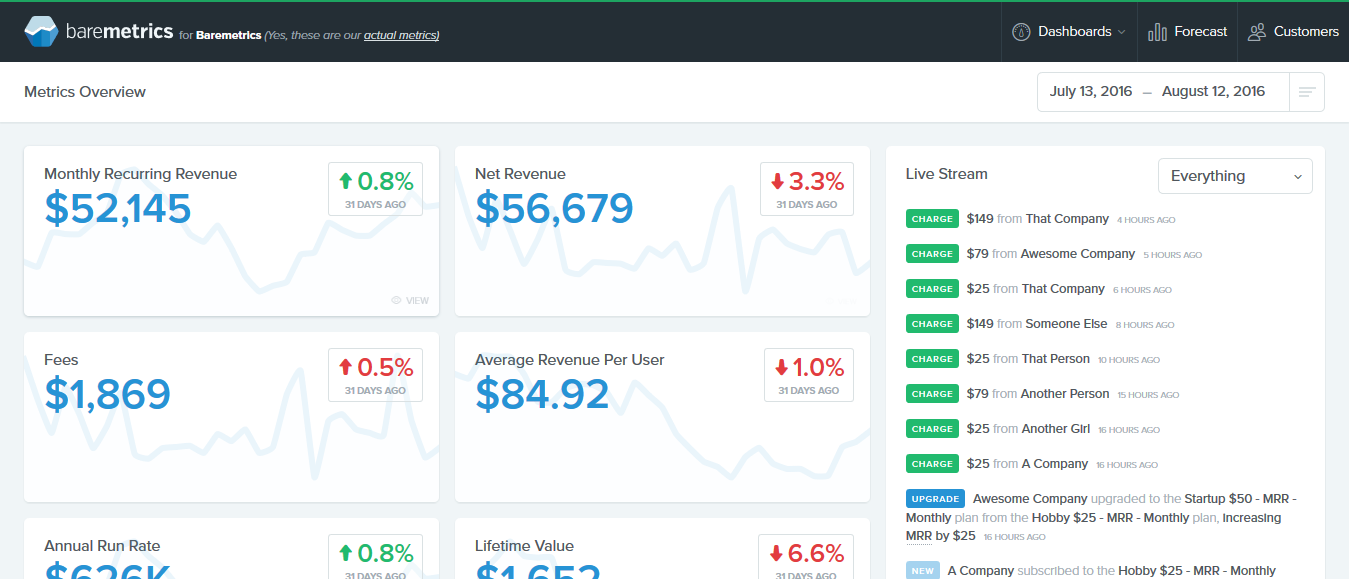In recent years, more and more businesses are open to the internet tools, services and internet infrastructure and purchasing (or more accurately, renting ) SaaS services. From online invoicing, customer management and lead generation through CRM ,to lease servers.
So What’s SAAS?
SaaS – short for Software as a Service. If in the past we needed to purchase local software and use it locally, today a lot of software can be used with a web interface available to all and any computer or mobile device and usually costs much less .
SaaS can be seen as a form of out- sourcing of software services, applications and infrastructure. For example, instead of wasting precious time and money building a landing page, and talking with a designer and programmer, you can rent one of SaaS services, a system built on the landing pages offered online. For a monthly fee of usually a few dollars (depending on the extent of the system used), you can build your own landing pages quickly and easily. Additional examples: Google placement test tools, CRM system, cloud, heat maps and analytics, and virtual chat websites and so on.
Here are a few names of the largest SAAS companies today: Salesforce, Linkedin, Workday, DropBox, Service Now, New Relic, Zendesk and more. Here you can see the list of 250 of the biggest SAAS companies.
Many startups that are growing recently are built on the SaaS business model measuring profits, and growth of their customer churn rate are known in advance.

So which SaaS startup concepts do we have to know?
MRR – stands for Monthly Recurring Revenue. The intention is that the monthly business cycle makes the customers its subscribers. MRR growing every month signifies growth.
ARR – The same principle goes for Annual Recurring Revenue, meaning annual income returns.
ARPU – Stands for Average Revenue Per User. This means what the average income is (a customer who purchased a particular package). The calculation is simple: MRR divided by the number of active customers. Usually low ARPU shows the work with small clients and not with enterprises. Each company aims to increase its ARPU as much as possible without losing users
USER CHURN – abandonment rate according to users. The calculation is: (number of customers who have canceled / number of active clients in the previous month) multiplied by 100. This figure SaaS companies are aspiring to lower as much as possible, as well as the following figure
REVENUE CHURN – abandonment rate according to profit. The calculation is: (Decline in MRR because of cancellations and downgrade packages/MRR of the previous month) multiplied by 100.
LTV – Stands for Lifetime Value. This concept basically means how much money in total the average customer is worth to you. The calculation is performed as follows: ARPU divided by User Churn. For example: If a user pays on average 50$ in a month and the User-Churn is 10%, then the LTV is 500$.From here the company will cut how much it is able to financially invest in order to get a customer.
CAC – Stands for Customer Acquisition Cost. In other words, what the cost is to get a customer. Included in this cost can be the cost of employing sales workers, marketing and advertising costs of all types, and so on.
Do you want to see all this data live?
The startup Baremetrics (which is SaaS itself) is the development of an analytics system for SaaS companies that work with certain payment providers and presents them with data mentioned above and many others, in a visually beautiful and simple way. You can see the real data of Baremetrics itself or of SaaS companies on their websites.





